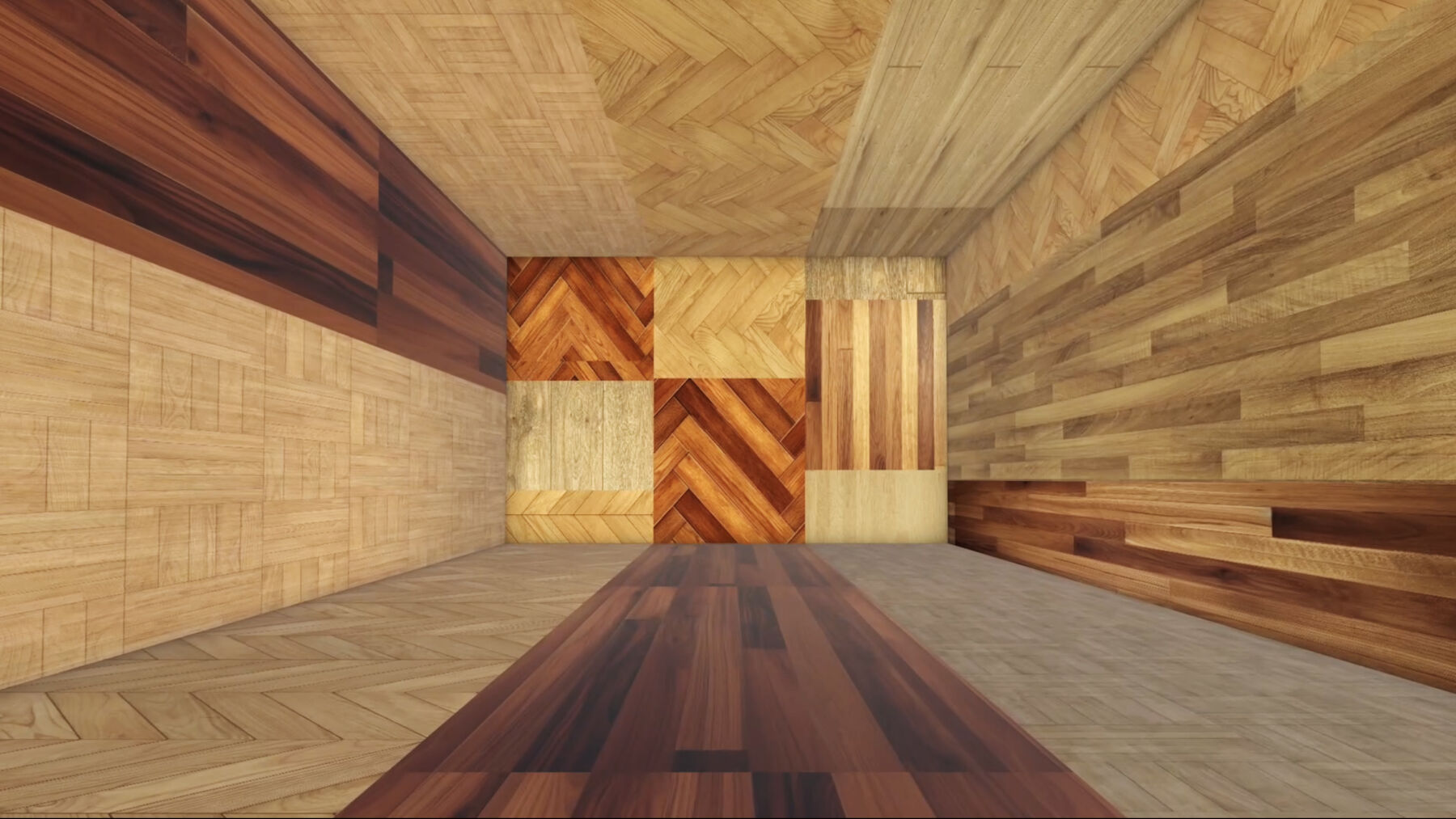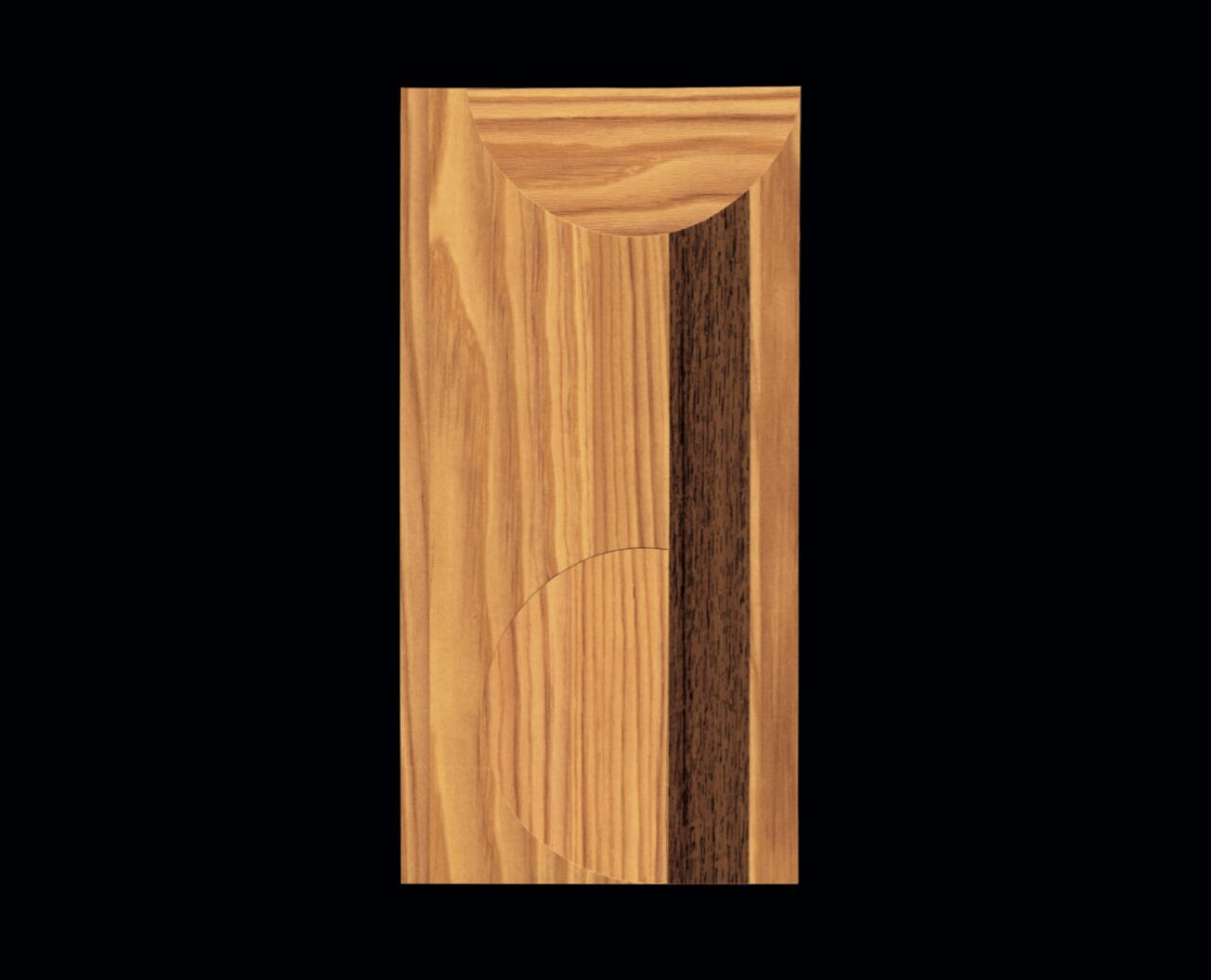Text by Olya Karlovich

In searching for comfort, people constantly develop new ways and products to improve their physical well-being. Google is replete with articles and tips on choosing the “most comfortable flooring” and creating a cosy living room, and the number of construction and architectural companies proclaiming “comfort living” as their mission is impossible to count.
According to philosopher and design theorist Tomás Maldonado (Comfort in contemporary culture, Dorothee Birke & Stella Butter), the need for physical comfort is inextricably linked with modernization processes such as technological advancement, urbanisation, capitalism and consumerism-culture. Many anthropologists, sociologists, architects, and historians have explored this relation and the changing meaning of comfort it leads to.
Fabrizio Vatieri, multimedia artist and photographer, also contributes to the research. However, what makes his approach particularly interesting is its interdisciplinarity. Vatieri investigates the relationships between the desire for comfort and the forms of living in neoliberal society at the intersection of sound, visual, and exhibition environments. His latest Standards of Living LP reflects on the global commodification of life. Comparing the authenticity, quality and appeal of wood parquet floors with their cheap substitute laminate, which proliferate in the housing market today due to their more affordable costs. These printed images are the result of a single photograph of wood replicated, potentially, endlessly. The artist highlights how our ‘standards of living’ are reduced to surrogates for the utopia of contemporary comfort.
If architectural design suggests certain quality standards – the wood floor as an image of high home comfort – the photography of faux parquet floors denies its inherent property of being a “document” to produce, instead, fictions: synthetic surrogates of millions of pixels. The desire for comfort is thus satisfied no longer by the real object but by an image that evokes it. A status destined to remain imperfect, however, because it is incapable of replacing the original. Parquet is thus transformed into an expedient to produce an imaginary sound surface of a flooring showroom, where the desire for comfort and safety is challenged, he explains.
Asking Vatieri how he came up with the idea of using the image of a faux parquet showroom as a metaphor for revealing the utopia of modern comfort, he explains that part of his research is based on the relationship between human beings and space (understood as architecture, landscape, etc.). In the case of Standards of Living (Union Editions, 2023), an audio epilogue to a trilogy of performances — Dominare spiritualmente il progresso, Buchi nell’acqua, and Lo scherzo, the focus is on domestic space.
In Dominare Spiritualmente il Progresso (2017, the first chapter of the trilogy), the performer on Battisti’s Monolocale executes a choreography based on the movements that the real estate agents reiterate when showing the apartments, movements that I had the opportunity to observe personally when I worked as a photographer for real estate agencies for several years.
For example, parquet is always used as an added value that embellishes the property, while its surrogates are often presented as a reassuring reproduction, easier to manage, clean and maintain. Furthermore, the reflection on the fake parquet also includes a strongly photographic theme; essentially, on what could be a laminate, a porcelain stoneware, there is a photograph of the parquet itself printed, which is why my album ends with the song Photograph, in this case, “All I’ve got is a Photograph, but it’s not Enough”, he continues to unfold on the project.
Photographic themes are also central to the artist’s research. After all, laminate is essentially nothing more than a pixelated image of the original wooden floor, printed and endlessly multiplied on, for example, vinyl. From the final song, Photograph, inspired by Def Leppard’s track of the same name, to its cover, Standards of Living presents a description of not only domestic space but also, according to Vatieri, “photography and desire.”
And although Vatieri mainly worked with the photographic medium at the very beginning of his career, music was always present in his life in one way or another—from playing in punk hardcore bands to launching the Ammagar label and side project Polveriera. . […] but not because there was an operation of transposition from sound to image, but rather because in the photographic composition, there has always been a sort of imaginary soundtrack, he clarifies. So, for me, it is very natural to use sound; in fact, I find it to be a gesture that completes my work.
The artist began incorporating sound into his project in 2017, with the performance Dominare Spiritualmente il Progresso, creating a cover of Lucio Battisti’s Monolocale in a funeral march key. At the same time, Vatieri emphasises that Standards of Living is still, in a certain way, a visual work, starting from the photographic series in the booklet and from the research behind it, which was basically a topographic research.
Discussing the album’s artwork, Vatieri mentions that it is an excerpt from the entire visual part of more expanded research, which will be presented next year as an exhibition. Both the cover and the back are part of a series of collages that I made using adhesive laminates, intending to reproduce (somewhat abstract) floor plans of domestic environments.
Questioned about how important it is for him when working on conceptual projects such as Standards of Living that the audience/listeners can read and understand the meanings and ideas he is trying to convey, the artist explains this is a very interesting observation that relates to the idea he had regarding the release of the album: Initially the album was supposed to be presented as part of a more exhibition based project which I will present in the next year. Over time, also comparing myself with people who have in some way followed my work for years under different titles, we realized that the album could be autonomous and ‘speak’ for itself without the need to explain all the research behind it, as I do interviews or as can, for example, be seen in a press release or on an exhibition sheet.
It wasn’t easy for me to abandon all the theoretical and research apparatus behind the project and let the album be listened to without any notion, even if the tracklist is still a form of indication, as is the title. To my great surprise, it then happened that many people, even strangers, listening to it still gave me something that relates very well to the research, despite expressing opinions belonging to a more emotional sphere.
Despite all the conceptual underpinning, Standards of Living can also be seen as an autonomous project. Vatieri emphasises that it was not an easy decision for him to allow the record to speak for itself without the need to explain all the research behind it. To my great surprise, many people, even strangers, listening to it still gave me something that relates very well to the research despite expressing opinions belonging to a more emotional sphere.
The tracks’ titles and the album help decode the artist’s ideas. Some of them are references to Roxy Music productions, touching on themes of architecture and domestic space. Thus, in the opening song, Showroom Intro, Lauren Wetmore’s voice pronounces words from the group’s In Every Dream Home a Heartache. As for the music itself, Standards of Living minimalist patterns, consisting mainly of guitar riffs and airy synthesiser melodies, become the perfect accompaniment for the imaginary journey through the showroom floors on which the artist takes us.






